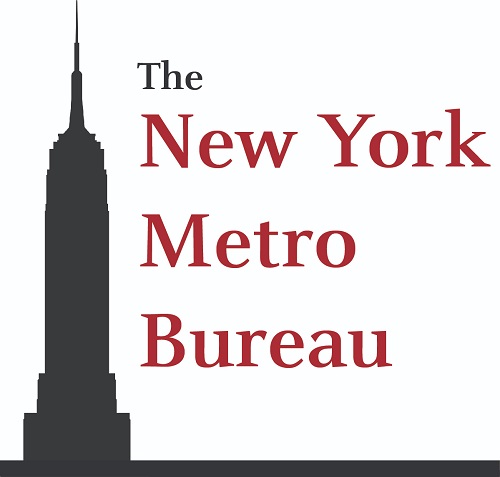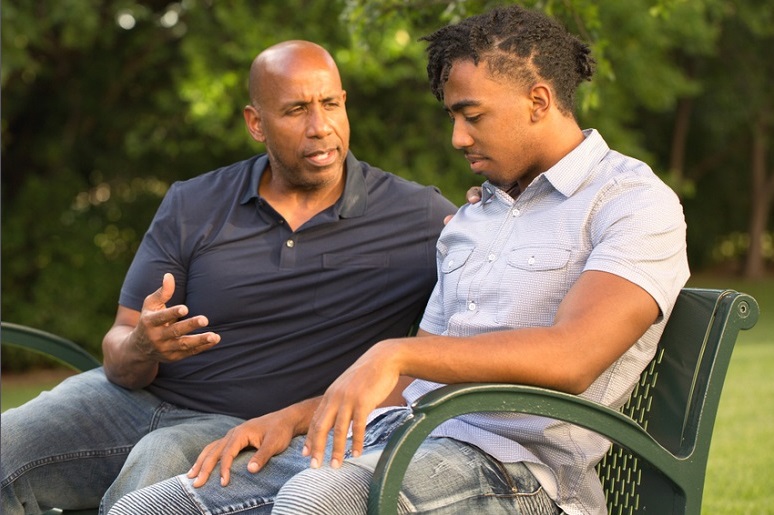A project aiming to grant more Black and brown youth entry to community-based programs that are an alternative to juvenile incarceration will be implemented in five upstate New York counties, the New York State Division of Criminal Justice Services has announced.
The inaugural Policy Equity Academy, from August through October, will train those counties’ probation officers to identify intentional and unintentional bias in their ranks; and to analyze their data to determine the fairness of their decisions on which youth should be placed in community programs.  Those community-based, diversion programs are designed to address the mental, behavioral, social, economic and other issues linked to youths’ criminal behavior.
Those community-based, diversion programs are designed to address the mental, behavioral, social, economic and other issues linked to youths’ criminal behavior.
“The overarching goal is that there are less kids [of color] going deeper into the system,” said Damon Bacote, deputy commissioner of the state’s Division of Youth Services.
In 2019, more than half of the children processed through the juvenile justice system were Black and roughly 25% were Hispanic, according to Division of Criminal Justice Services data.
More racial equity sought in community placements
The probation departments of Albany, Monroe, Onondaga, Schenectady and Westchester counties, which applied to participate in the federally funded trainings, are expected to work alongside community organizations; correction and police officers; defense attorneys and the juveniles’ relatives to ensure that Black and brown youth are as equitably diverted to community programs as white youths convicted of similar offenses.
“The goal of this policy academy is that those services and supports really need to be identified within the context and in partnership with communities of color,” said Tiana Davis, policy director for equity and justice at the Washington, D.C.-based Center for Children’s Law and Policy. “We want to ensure that there’s access for young people of color.”
That center and the New York State Youth Justice Institute are charged with running the new Academy. The organizations did not provide details of the training curricula, but Davis said that part of the goal is to more robustly use diversion services already offered in New York but disproportionately enrolling more white youth than youths of color. The services currently provided through New York’s juvenile deferral programs include one-on-one therapy, group counseling, financial training and health care, housing and legal support services. Each county will receive $50,000 from a $421,000 grant from the federal Delinquency Prevention Program and the Annie E. Casey Foundation.
“These five counties really wanted to continue to do the best work that they can,” Deputy Commissioner Bacote said. “They really said we don’t mind being on the front lines and really looking at our processes to see what we can do to make sure that we’re not making more disparities in the system.”
Analysis of diversion starts in 18 months
Giza Lopes, executive director of the Youth Justice Institute, said her organization hopes to expand to other New York counties.
The Division of Criminal Justice Services plans to begin assessing program outcomes in 18 months.
The training academy was announced as Gov. Andrew Cuomo is poised to sign recently approved legislation barring New Yorkers younger than 12 from being criminally charged and tried, unless they are accused of criminal negligent homicide. In 2019, about 800 children younger than 12 were arrested. Nearly 85% of those cases were resolved through diversion services.
“The more we can tackle inequalities at the front end of the system, the better for youth of color,” said Davis from the Center for Children’s Law and Policy. “ … This is just another step in that direction,” Davis said.






























